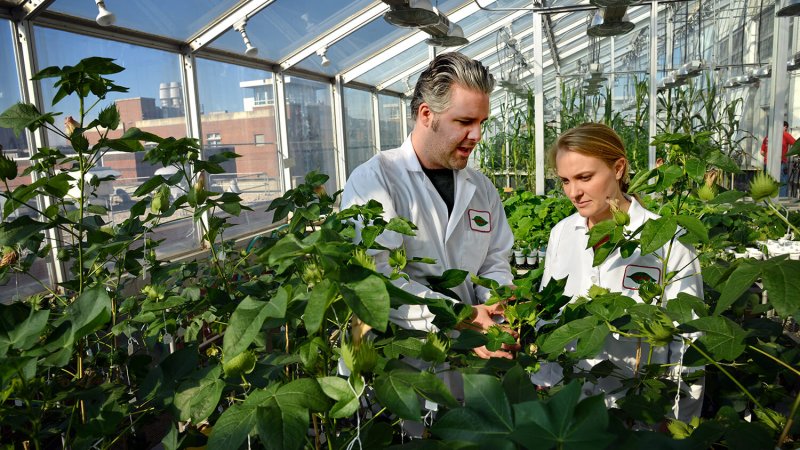CRISPR, a new gene-editing technique, offers an end run around the cost associated with traditional genetic engineering, allowing smaller companies and public institutions to enter the market. Not only that, but crops with a market too small to be of interest to GM researchers are now in play.
Research is also being accelerated because the capital costs to participate are dropping. In 2001, it cost $100 million to sequence a genome. By 2015, the cost had declined to $1,000. The continuing decline in the cost of computing and cloud data storage has allowed small companies to maintain data sets that a decade ago could have been supported only by the Monsantos of the world.
…
CRISPR research is being done to increase yields, nutrients, and resistance to disease and pests, improve photosynthesis and drought tolerance, and develop plants that can thrive in a changing climate. Not all of these projects will be successful, and we’re a long way from a risk-based regulatory scheme that makes sense, but gene editing holds great promise.
…
It hardly seems necessary at this late date to point out the obvious, but I will anyway. Every regulatory agency in the world that has examined these breeding techniques has found them safe.
Read full, original post: CRISPR Will Make GMOs Ubiquitous































